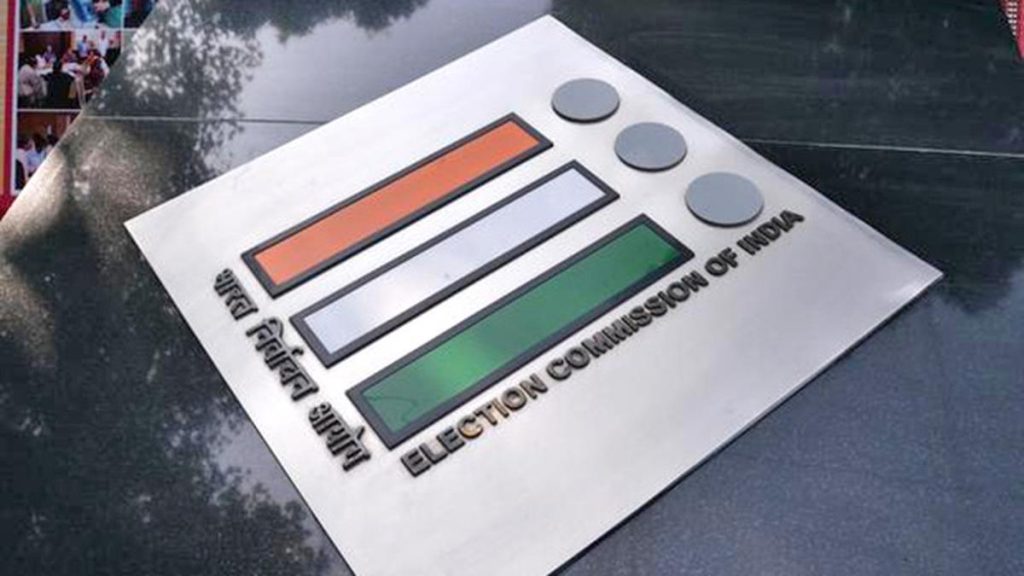Now Reading: GST Reforms to Make Luxury Goods More Affordable
-
01
GST Reforms to Make Luxury Goods More Affordable
GST Reforms to Make Luxury Goods More Affordable

Rapid Summary
- K. balasubramanian, Joint Secretary, Department of Revenue, Ministry of Finance, addressed GST reforms at a workshop organised by Bangalore Chamber of Industry and Commerce (BCIC).
- The government implemented GST reforms effective September 22, focusing on structural changes, rate rationalisation, and process improvements.
- Key measures include resolving inverted duty structures in sectors like fertilisers and textiles and streamlining tax brackets: consolidating the 12% bracket into 5% for merit rates and reducing the non-cess items under the 28% bracket to an 18% rate.
- The aim is to make aspirational goods more affordable for consumers while improving economic efficiency in tax collection.
- D.P Nagendra Kumar IRS noted that monthly GST revenue collections have reached ₹1.85 lakh crore due to improved efficiency rather than higher tax rates.
Indian opinion Analysis
The recent reforms signify a deeper focus on long-standing inefficiencies within India’s GST system-specifically addressing inverted duty structures that have challenged industries like fertilisers and textiles over time. Consolidating tax brackets simplifies compliance while possibly boosting consumer spending by making desired goods more accessible through lower taxes.
Moreover, sustained growth in revenue collections points to enhanced administrative processes rather than heightened levies-a strong indicator of improved operational efficiency under India’s GST framework. Moving forward, these measures could contribute positively toward overall economic growth by incentivising both industry competitiveness and consumer affordability without disproportionately enhancing taxpayers’ burden.
Read More:
























